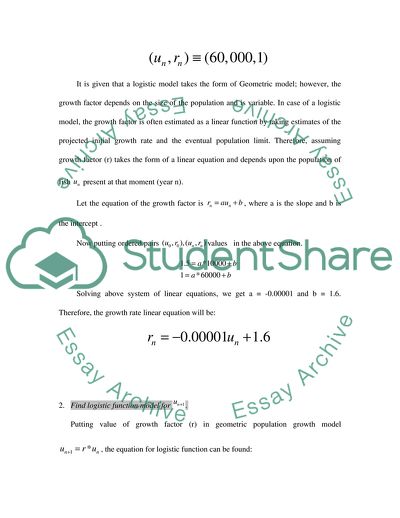Cite this document
(Math Portfolio: Creating a Logistic Model of Fish Population Problem, n.d.)
Math Portfolio: Creating a Logistic Model of Fish Population Problem. https://studentshare.org/environmental-studies/1712371-math-portfolio
Math Portfolio: Creating a Logistic Model of Fish Population Problem. https://studentshare.org/environmental-studies/1712371-math-portfolio
(Math Portfolio: Creating a Logistic Model of Fish Population Problem)
Math Portfolio: Creating a Logistic Model of Fish Population Problem. https://studentshare.org/environmental-studies/1712371-math-portfolio.
Math Portfolio: Creating a Logistic Model of Fish Population Problem. https://studentshare.org/environmental-studies/1712371-math-portfolio.
“Math Portfolio: Creating a Logistic Model of Fish Population Problem”. https://studentshare.org/environmental-studies/1712371-math-portfolio.


